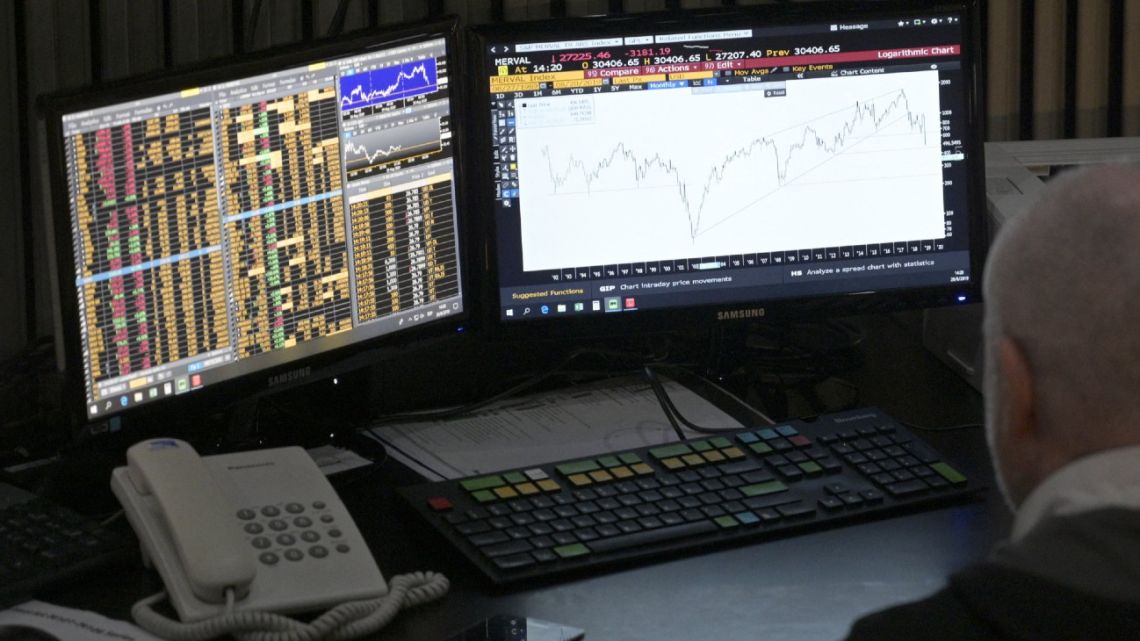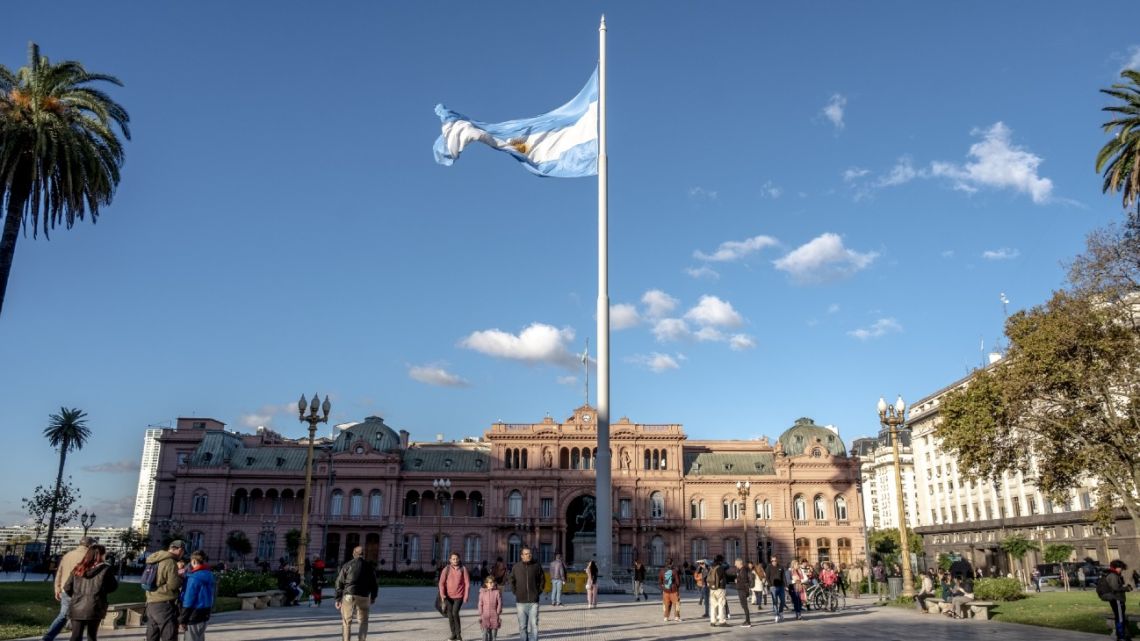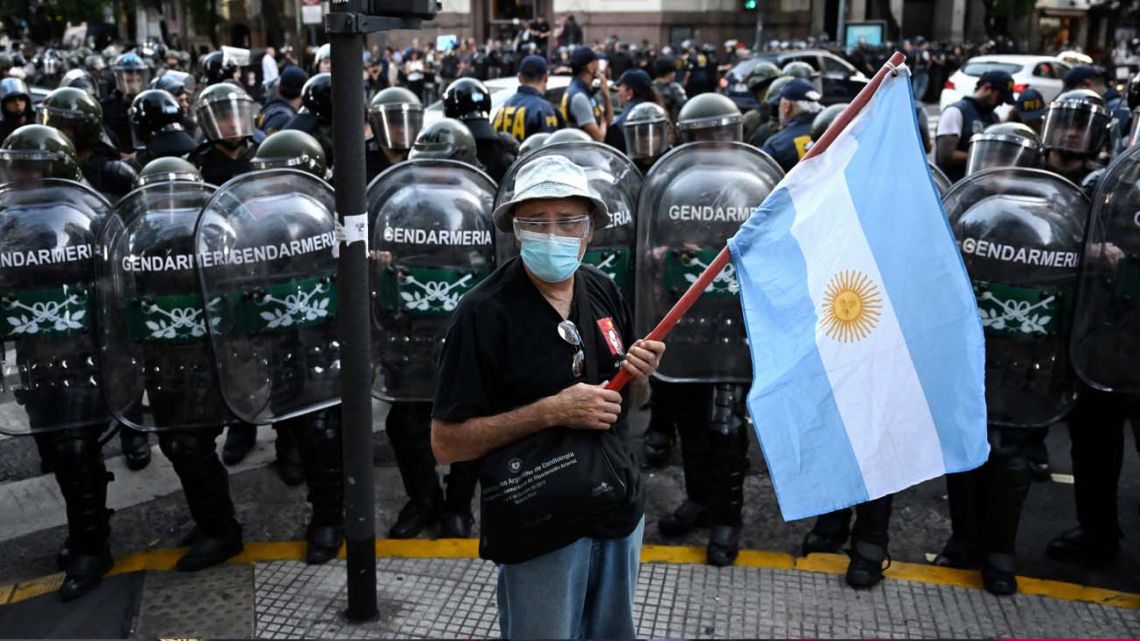As of this morning, March 24, 2025, the Argentine peso continues to face significant pressure against the US dollar, extending last week’s volatility amid ongoing central bank interventions and widening spreads between official and parallel markets.
The official USD/ARS exchange rate stands at approximately 1,074 pesos per dollar in early morning trading, showing continued weakness from Friday’s close.
Meanwhile, the parallel “blue dollar” rate has climbed to approximately 1,205 pesos per dollar, maintaining its substantial premium over official channels.
Key Rate Comparison:
- Official Rate: ~1,074 ARS/USD
- Blue Dollar Rate: ~1,205 ARS/USD
- Spread: ~12.2%
Weekend and Overnight Developments
Friday’s trading saw the official rate close at 1,073 ARS to the dollar, extending the peso’s steady depreciation trend that persisted throughout last week. The weekend saw continued tension in informal markets as traders processed recent central bank interventions.
Overnight activity remained limited but showed signs of growing pressure, with early Asian trading suggesting continued dollar demand. This follows the central bank‘s fifth consecutive day of dollar sales on Friday to defend the peso, signaling persistent currency pressure.
 Argentine Peso Under Pressure: Blue Dollar Spread Widens to 12.2%. (Photo Internet reproduction)
Argentine Peso Under Pressure: Blue Dollar Spread Widens to 12.2%. (Photo Internet reproduction)Market Commentary & Analysis
The widening spread between official and parallel markets continues to concern analysts, having increased from approximately 10.6% on March 18 to today’s 12.2%. This ongoing divergence indicates growing market skepticism about currency stability.
“The persistent gap expansion we’re seeing reflects underlying structural challenges that cannot be addressed solely through interventions,” notes Diego Martínez of Banco Ciudad in this morning’s market briefing.
“While still manageable compared to historical spreads that exceeded 100%, this trend signals eroding confidence in the peso if left unaddressed.”
The primary factor driving today’s market sentiment remains the central bank’s deteriorating reserve position. After starting 2025 with strong reserve accumulation, the past week has seen concerning outflows that limit intervention capacity.
Technical Analysis
The USD/ARS pair continues to trade above both its 50-day moving average (1053.67) and 200-day moving average (1005.69), confirming the strong bearish trend for the peso. Having pushed past the psychological resistance at 1,070 last week, the next major resistance level stands at 1,080.
The Relative Strength Index (RSI) shows the peso remains in oversold territory, suggesting a potential correction might be due, though ongoing pressure could override technical factors.
Trading Volumes and Investment Flows
The ROFEX futures market saw elevated trading activity on Friday, with the April 2025 contract settling higher on increased volume that exceeded the monthly average. This heightened activity reflects growing market uncertainty.
The Global X MSCI Argentina ETF has maintained relatively stable asset levels despite recent volatility, though daily trading volumes increased last week. This suggests heightened investor attention rather than outright capital flight at this stage.
Economic Context
Despite current market pressures, Argentina’s economy has shown some positive developments under President Milei’s administration. Monthly inflation has decreased dramatically from 25.5% when he took office in December 2023 to below 3% currently.
Milei’s economic program, centered around fiscal discipline with zero deficit and elimination of money printing by the Central Bank, continues to gain substantial public support. The annual inflation rate, which reached 211% in 2023, is expected to fall below 30% in 2025 if current policies remain in place.
Market Health Assessment
The widening spread between official and blue dollar rates, coupled with increased central bank interventions, suggests growing market stress despite earlier economic progress.
While the current spread remains significantly narrower than historical extremes that exceeded 100%, the recent trend indicates renewed pressure on Argentina’s currency regime.
Market movements appear primarily driven by concerns about the sustainability of central bank reserves rather than immediate inflation worries, representing a shift in investor focus.
According to Juan Franco, chief economist at Grupo SBS, “What we’re witnessing is a classic confidence test. The sustainability of the current exchange rate regime depends on the central bank’s ability to defend the peso without depleting its hard-earned reserves.
The market is questioning whether recent interventions signal a temporary adjustment or the beginning of a more serious challenge.”
Outlook
Looking ahead, market participants broadly expect continued pressure on the peso in the coming days, with futures markets pricing in further depreciation.
Trading Economics forecasts the USD/ARS to trade at approximately 1,068.87 by the end of this quarter, though recent market movements suggest this projection may need upward revision.
The key metric to watch remains the official-to-blue dollar spread. If this gap continues to widen beyond today’s 12.2%, it could signal further eroding confidence in the government’s ability to maintain its crawling peg regime through 2025 as previously planned.

 By The Rio Times | Created at 2025-03-24 08:32:47 | Updated at 2025-04-05 01:05:05
1 week ago
By The Rio Times | Created at 2025-03-24 08:32:47 | Updated at 2025-04-05 01:05:05
1 week ago








